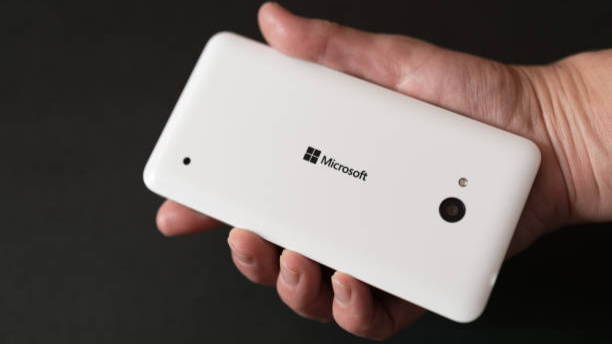What is Windows phone?
Microsoft’s discontinued Windows Phone line of mobile operating systems was designed for smartphones. It was withdrawn in 2017 after being introduced for the first time in October 2010 with Windows Phone 7. With a focus on live tiles and interaction with Microsoft services, Windows Phone was created to be an easy-to-use operating system. You can read about our other post at bugify.in
The distinctive Metro-based user interface of Windows Phone made it stand out from other smartphones. Metro had a straightforward grid-based interface with big, vivid tiles. Every tile stood for a different app or service and could offer real-time updates on things like the weather or the amount of unread emails.
Along with being strongly integrated with Microsoft services like Office 365, OneDrive, and Xbox Live, Windows Phone also made use of them. Users may now easily access their data, papers, and games while on the go as a result.
In the beginning, Windows Phone was a hit and amassed a sizeable market share in various nations. However, Android and iOS eventually surpassed it because they offered a greater selection of devices and apps. The final security patches for Windows Phone were delivered in 2020 after Microsoft stopped developing the platform.
What is Window security?
A series of precautions are taken under the heading of “window security” to safeguard your Windows computer or device from unauthorized use, access, disclosure, disruption, alteration, or destruction. This involves guarding against malware, such as viruses, trojans, and ransomware, as well as hackers and other nefarious individuals.
There are several ways to increase the security of your windows, including:
- Using a strong password and enabling two-factor authentication
- Keeping your software up to date
- Using a firewall and antivirus software
- Being careful about what links you click on and what attachments you open
- Backing up your data regularly
Here are some additional tips for improving your window security:
- Use two-factor authentication and create strong passwords. Your password must contain a combination of upper- and lowercase letters, digits, and symbols, and it must be at least 12 characters long. Additionally, wherever possible, you ought to enable two-factor authentication. By asking you to enter a code from your phone in addition to your password when login into your account, this offers an additional degree of security.
- Update your program frequently. Security fixes that might help shield your computer from known vulnerabilities are frequently included in software upgrades. As soon as new versions of your operating system, programs, and security software become available, make sure to install them.
- Use an antivirus program and a firewall. A firewall and antivirus software work together to safeguard your computer from unwanted internet access and infection. Keep both of these kinds of software active and updated at all times.
- Be cautious while opening attachments and clicking on links. Attackers frequently use phishing emails and malware attachments to access your computer. Even if they are from someone you know.
How to protect Windows phone from hackers
To protect your Windows Phone from hackers, follow these tips:
- Utilize a robust lock screen. In the event that your phone is lost or stolen, this will stop unwanted access. You can lock the door using a fingerprint, pattern, password, or PIN.
- Update your program frequently. Microsoft often makes security patches available for its software. As soon as these updates become available, make sure to install them.
- Install only programs that are available from the Windows Phone Store. Microsoft reviews apps before they are made available from the Windows Phone Store to make sure they are safe and secure.
- Take care when clicking on links. Phishing emails and websites mimic trustworthy websites in order to steal your personal information. Do not click on a link if you are unsure of its security.
- When use public WiFi, use a VPN. By encrypting your communication, a VPN makes it more challenging for hackers to access your data.
Here are some additional tips:
- For all of your online accounts, including your Windows Phone account, enable two-factor authentication (2FA). Your accounts will be further secured as a result.
- Be cautious when sharing information online. Never divulge sensitive information to somebody you don’t know, such as your address, phone number, or Social Security number.
Conclusion
In conclusion , you learnt a lot about window phone and what is window security and how to protect it from hackers , this post has given you a lot about protection from hackers .













